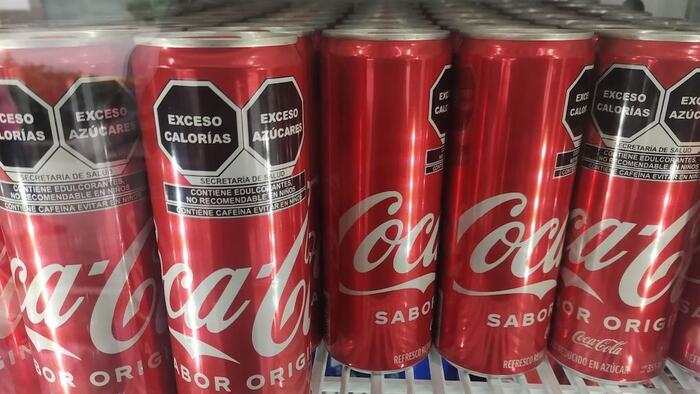Mexico has positioned itself as the leading consumer of soft drinks worldwide, with an astonishing average consumption of 163 liters per person annually—surpassing the United States by 40%. This unprecedented intake of sugary beverages has coincided with skyrocketing obesity rates among both children and adults. In response to this escalating public health crisis, the newly appointed Secretary of Public Education, Mario Delgado, recently unveiled a comprehensive nationwide initiative called “Vida Saludable” (Healthy Life). This program aims to combat the rampant epidemic of childhood obesity and diabetes, a problem exacerbated by high sugar consumption and a lack of physical activity in the country. The initiative is a product of the previous AMLO administration, designed to improve nutrition among school children through several key strategies.
The “Vida Saludable” program consists of four fundamental pillars aimed at promoting healthier lifestyles in school environments. These include prohibiting the sale of ultra-processed foods and sugary beverages within schools, increasing access to natural drinking water through the installation of water fountains, educating teachers about nutrition, and fostering sports and physical activities. The government has set a firm deadline for these initiatives to be implemented by March 29, providing schools with a six-month period to comply with regulations regarding the sale of unhealthy foods. Notably, the program will focus on regular education about the detrimental effects of junk food, rather than penalizing parents for sending their children to school with unhealthy lunches.
Despite the ambitious goals of the “Vida Saludable” program, its implementation faces significant hurdles. A mere 4% of Mexico’s public schools have managed to provide adequate drinking water, and the challenge of enforcing a ban on food vendors outside school premises could lead to the emergence of an underground market for unhealthy snacks. The urgency to act is underscored by alarming statistics indicating that 5.7 million children aged 5-11 and 10.4 million adolescents aged 12-19 are classified as overweight or obese. Additionally, around 70% of schoolchildren and 50% of adolescents fail to engage in sufficient physical activity, highlighting a critical need for effective dietary and lifestyle changes in combating widespread obesity and diabetes.
The increase in obesity rates in Mexico can be traced back to the introduction of the North American Free Trade Agreement (NAFTA) in the early 1990s, which facilitated the influx of processed foods from the United States, shifting dietary habits away from traditional, nutritious staples to cheaper, unhealthy alternatives. This change has been linked to a dramatic rise in soft drink consumption, particularly in impoverished areas like Chiapas, where residents consume soda at rates five times higher than the national average. The pervasive marketing and accessibility of soft drinks have led to unhealthy dietary choices becoming prevalent among vulnerable populations, resulting in significant lifestyle-related health issues.
Prior governmental initiatives aimed at tackling food consumption trends have included stringent food labeling laws and bans on unhealthy cartoon mascots targeting children. In 2020, the AMLO administration passed laws mandating black octagonal labels on junk food packaging to alert consumers to excessive sugar, sodium, and other unhealthy components. While the food industry has lobbied vigorously against these policies—arguing that they infringe on commercial freedoms—governmental efforts have proven resilient, with recent court rulings validating the right to impose such health protective measures. These initiatives, reflecting a broader public health strategy, align with similar moves observed in other Latin American countries that have begun to address their citizens’ unhealthy eating habits.
Studies indicate that these policies have contributed positively to changing consumer behavior since their introduction. Reports suggest that around a third of young people and nearly half of adult consumers have reduced their purchase of unhealthy foods due to the impact of the food labeling law. As “Vida Saludable” rolls out, it is expected that the momentum gained from previous initiatives will contribute further to encouraging healthier practices among the population. Nonetheless, the food and beverage industry remains a powerful adversary, continuously attempting to undermine regulatory measures as Mexico strives to address the significant health implications of its consumption habits.
As with previous initiatives, the success of “Vida Saludable” will likely hinge on continuous public education and enforcement strategies that encourage healthier food choices within schools. The ambition to cultivate a healthier generation in Mexico is not only crucial for individual wellbeing but also has broader implications for public health infrastructure and economic sustainability. With neighboring the United States also grappling with similar health challenges, Mexico’s approach to curbing the influence of the junk food industry through educational, regulatory, and community-focused strategies may lay a unique groundwork in addressing the pervasive epidemic of obesity and diabetes in the region.

